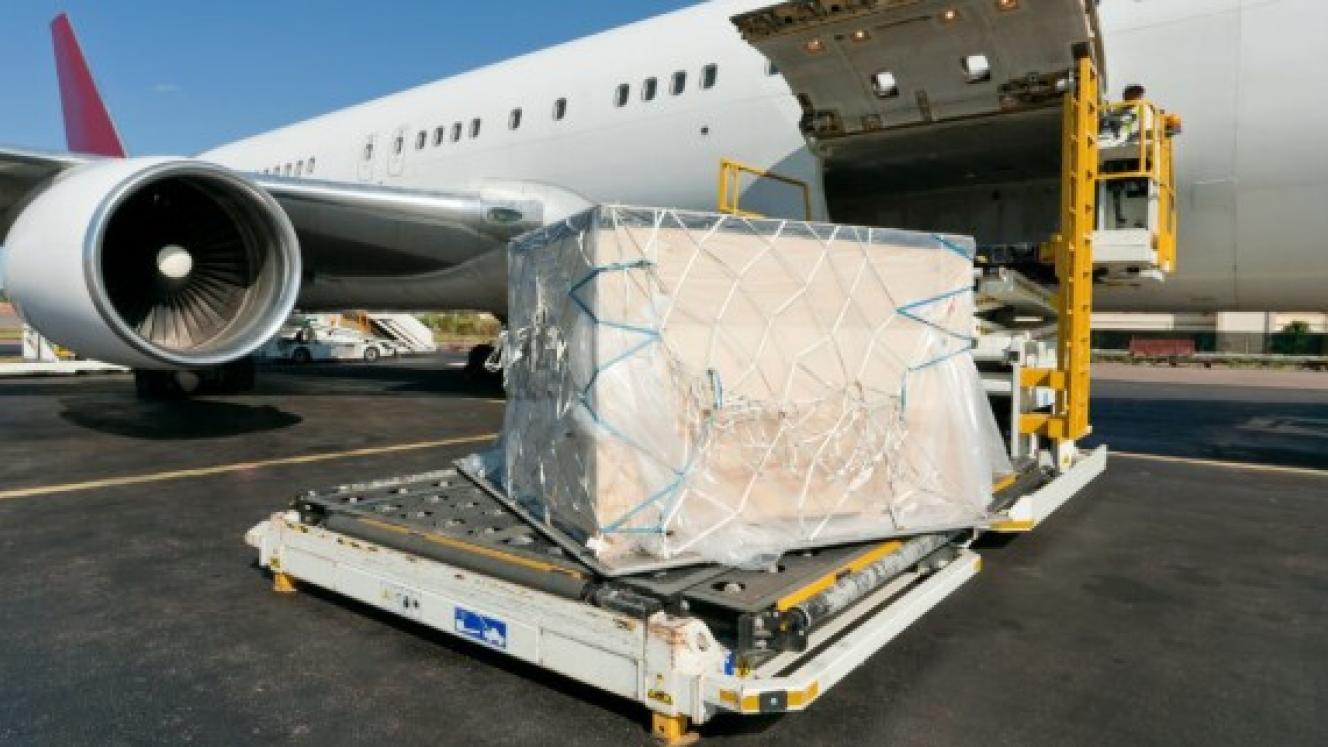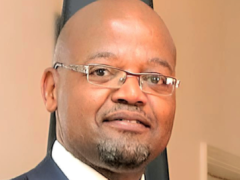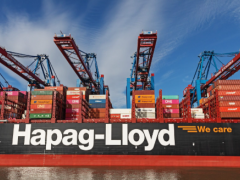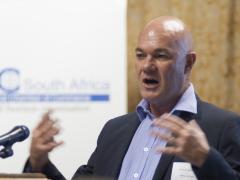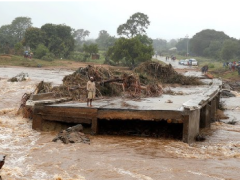Targeting one third reduction in next five years JOY ORLEK SOUTH AFRICA’S National Freight and Logistics Strategy (NFLS) has set itself a target of reducing logistics costs by one third in the next five years. It’s a tall order, but recognises the pressing need to reduce the cost of doing business in South Africa if local industry is to succeed on the global stage. Research has revealed that the cost of logistics in South Africa is 14-15% of the total cost of goods. The target is to reduce this to 10% in the next five years, which compares with 5-6% in countries like the US and Europe, and 9-10% in other developing countries. It’s an issue that has challenged the Department of Trade and Industry’s investment promotion efforts over the past decade and was recognised at the highest level of government when President Thabo Mbeki added his call for a reduction in the costs of doing business in his state of the nation address. Trade and logistics cannot be viewed in isolation, says Elvin Harris, currently interim chairperson of the Maputo Corridor Logistics Initiative but previously a key role-player with the Departments of Trade and Industry and later Transport. Research undertaken by Trade and Investment South Africa (TISA) in 2001/2 provided a detailed overview of the logistics shortfalls at sector level, looking at the likes of the automotive industry among others, says Harris. The research, which covered the previous five years and projected ahead to 2007, looked at the general flow of traffic on the various corridors, focusing on growth in a range of industries. “It examined how the different industries would grow and provided an analysis of the level of profitability of those industries. In that context it was possible to establish how critical logistics was to the sustainability of each industry,” said Harris. For example, in the coal industry where margins are low, bad logistics translates into minimal profits, which prevents investment in new mines. With this information in hand, other departments were drawn in to formulate national solutions – the Department of Transport, Public Enterprises and the National Treasury - as it became apparent that what was needed was a logistics framework and not just a transport policy. A National Freight Data Bank has been set up to provide information on freight flows, which will help to prioritise where the spending is most crucial. A lot of the NFLS has already been developed, according to the Department of Transport’s Riaad Khan. “It is currently being discussed in a whole range of government fora. “We’ve steered clear of specifics and looked at a general industry structure which we are now testing with parties both in and out of government.”
